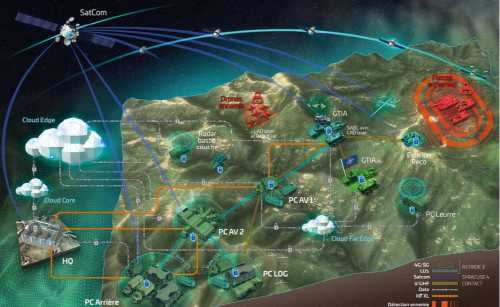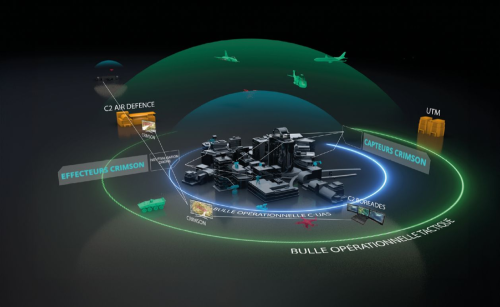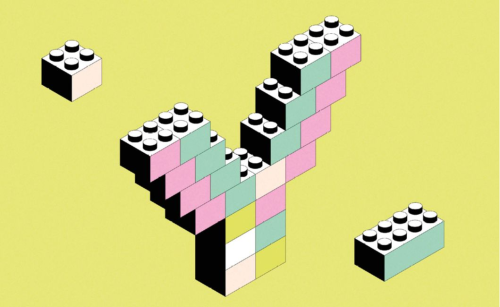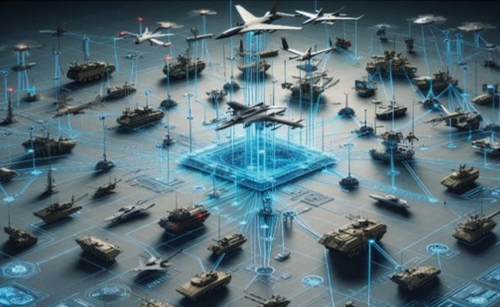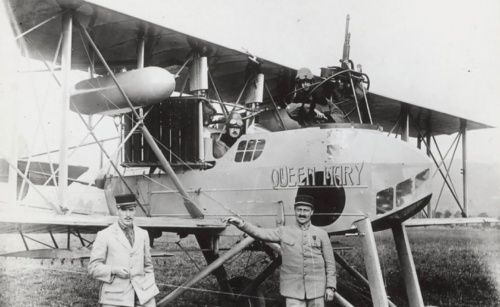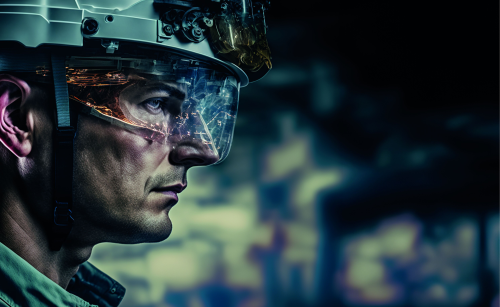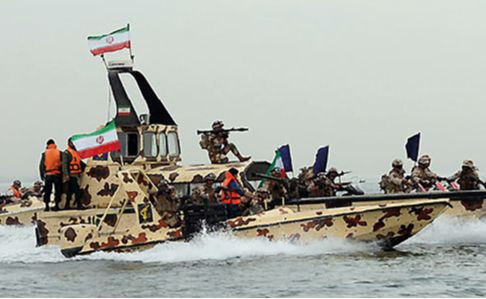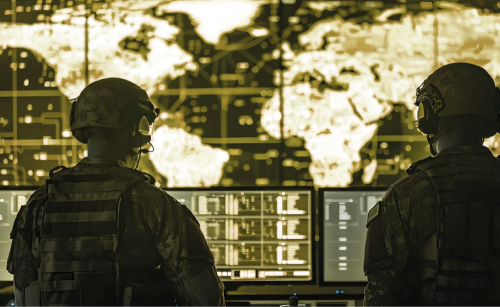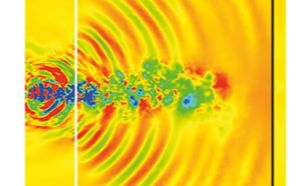
DETERRENCE IN FRANCE, A NUCLEAR WEAPON, A POLITICAL WEAPON
Ourworld is permanently "nuclear". We may deplore this, but we cannot ignore human nature. Deterrence, as a concept of defense, appeared long before the nuclear age, but it is the atomic weapon, by its massive nature, that gives it its full effectiveness. This new weapon was used in war only once: on August 6 and 9, 1945, on Hiroshima and Nagasaki. Now an integral defense strategy, deterrence is at the heart of a paradox that has remained unchanged since 1945, and for six decades in the case of France in reference to the first test carried out on February 13, 1960. This paradox is perfectly expressed by the symbol of the French Strategic Air Forces: a sword held in its scabbard, but held by a steel glove. The heraldry is inspired by the time of the knights, setting the DNA of the strike force in a thousand years of war history. Louis XIV inscribed a motto on his cannons: "The King's last word". In short, to always be ready to fire, to train, so as never to have to fire weapons in real life. In 2024, a nuclear force watches over France, keeping its territory safe. Yes, 60 years already, because October 7, 1964 marks the first alert of the Mirage IVs, their atomic bomb fixed under the fuselage. Sheltered in their casemates, they were ready for immediate take-off on the orders of the President of the Republic. The posture is only as good as its permanence. This 60th anniversary of the strike force is therefore an opportunity to look back at an unprecedented mechanism at the heart of our diplomacy and defense. The subject of debate, France's atomic force is the product of a remarkable political continuity that enjoys massive public support (over 80% according to numerous polls). Its legitimacy has been consolidated as war has taken hold on the bangs of Europe, in addition to the persistent risk of proliferation. For France, as for other nuclear-armed states, defense strategy is combined with the political strength of nuclear weapons.




